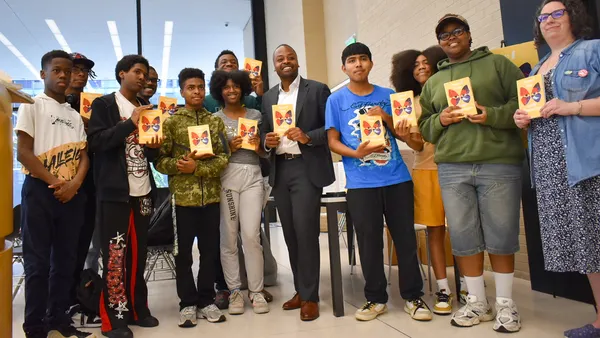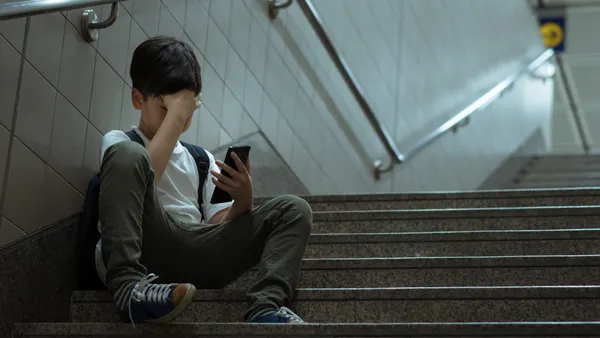Dive Brief:
- Students with spatial aptitudes — those who can imagine how a structure is built or turn three-dimensional objects within their mind — are sometimes overlooked in gifted and talented programs, writes Edutopia, citing a paper published by The British Psychological Society.
- Schools in general do not always pick up on these strengths, and teachers may need special training to understand how to recognize and work with these students, help engage them, adjust curriculum to meet their abilities, and even boost their talents.
- Schools can adjust curriculum even at the elementary level, as one 2nd grade class in Georgia did by having students design and construct a playground for themselves. Weaving video games and maker spaces into the school day can also spark spatial thinking and visualization.
Dive Insight:
Giving students a chance to tie creative interests from home, from art to music, into the school day may help children connect more deeply with their school work. Students who are interested in a topic “are more likely to go to class, pay attention, become engaged, take more courses, as well as process information effectively and ultimately perform well,” notes a 2018 paper from the University of Wisconsin-Madison and Montana State University.
These creative interests can easily be woven into lessons, from math classes to science to computer programming. A student interested in art, for example, may be excited to find mathematical ties to many famous works of art. Famous artists, for example, have used the golden spiral — a byproduct of the golden ratio — as a way to construct their work, such as Leonardo da Vinci’s "Mona Lisa" and "The Last Supper" paintings.
Meanwhile, a child with a talent for playing a musical instrument, or one who writes songs, may be fascinated to learn about Albert Einstein’s passion for playing the violin or that Queen lead guitarist Brian May has a Ph.D. in astrophysics.
Weaving arts into the curriculum has been a push for some time, a way to expand traditional science, technology, engineering and mathematics — or STEM courses — into STEAM. Adding a creative element into subjects some think of as exacting, experts say, can support students in developing the abstract and imaginative thinking that helped scientists construct a way to launch astronauts into space and invent an entire virtual world.





 Dive Awards
Dive Awards





